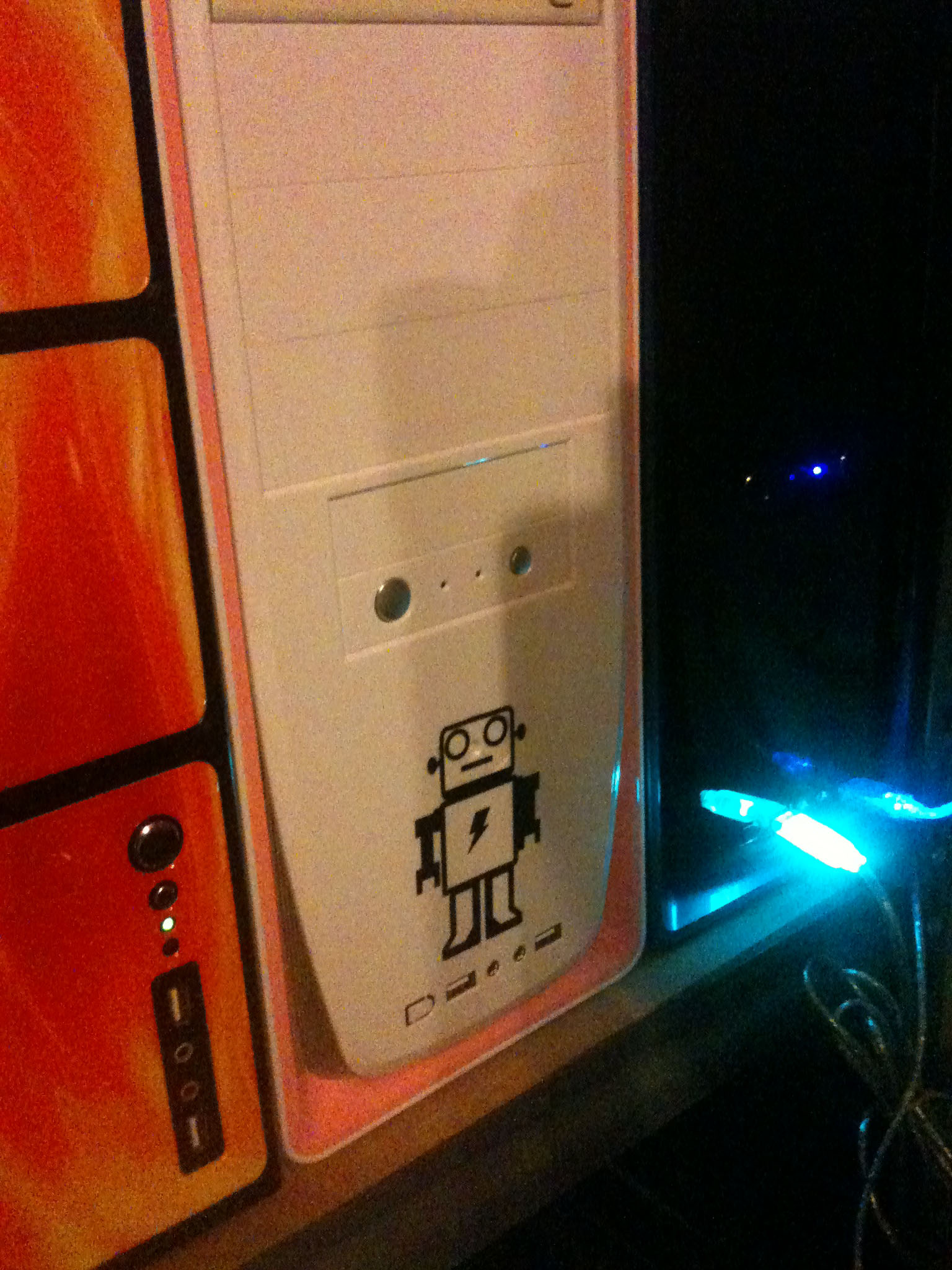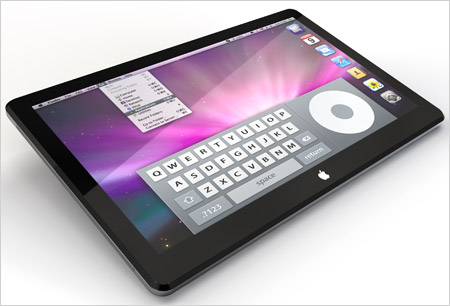In memoriam…
Economist Joseph Schumpeter is famous for popularizing the term, “Creative Destruction” to talk about the way economic progress relentlessly grinds down the old to make way for the new in a never-ending cycle of “reinvent yourself or die”. For instance, buggy whip companies were driven out of business by Henry Ford’s horseless carriages which, being horseless, did not not need to be whipped quite as often. (They also pooped less). Similarly Polaroid had a monopoly on self-developing film but lost its business when digital cameras made film irrelevant, and suddenly you had other ways of taking pictures you didn’t want the photo developing guy to see.
For a little software company that’s been doing this ComicBase thing for seventeen years, we live and breathe this whole “creative destruction” thing ourselves–whether we like it or not. We started out shipping ComicBase on six compressed Mac OS 1.4 MB floppy disks, went on to become early adopters of CD, DVD, and digital video, and were the first PC program in the world to ship on Blu-ray Disc format. (We just made history again by being the first commercial PC program to ship on Dual-layer Blu-ray format!).
We’ve had to make the transition from Mac OS 7 to PowerPC processors, then wrote an entirely new version–in another language, no less–to let us run on PCs with Windows 95. Naturally, this led to later versions which in turn offered support for Windows 98, , Me*, 2000, NT, XP, and Vista, as well as new technologies like 64 bit operating systems and the growing use of mobile and handheld devices of all stripes.
*Which is to say that the constant glitches you experienced while using Windows Me were just the operating system blowing up, not ComicBase.
Ironically, we had to discontinue our original Macintosh version when Apple decided to mothball HyperCard, the development environment it was written in. Thankfully, Apple later introduced Intel-based machines which once again let the Mac folks use ComicBase under Windows, thanks to Apple’s Boot Camp software (and numerous other programs like VMWare, Parallels desktop and the like). It actually works so well that we even use a Mac Mini as one of our demo machines at San Diego Comic-Con–Not that I don’t still get regular hate mail from fans of the long-dead HyperCard version…
And of course, we’ve embraced the internet in a big way as well, starting with a basic HTML web site way back in 1996, and steadily revving it, rewriting it, and expanding it in the years that followed until it now does everything from real-time comic price quotes, to weekly price and title updates of the world’s largest comic book database. Then, since we clearly lacked anything else to do, we created Atomic Avenue–the vast online marketplace of comics which now boasts more comics for sale than all of eBay (1.2 million and counting!).
So what’s the point of this running travelogue through ComicBase history? In a roundabout way, it’s to explain why I treated five of our most loyal and longest-serving server machines to ignominious and painful deaths in the past week.
One by one they fell: “Spectrum” (our office file server) was repeatedly bashed and thrown onto the hard floor of our office until bits of plastic and metal came flying off from its horribly twisted case. “Judy” (backup and utility server), “Elroy” (our old production web server), and “Astro” (the production database server) had their disk drives ripped out, cards scavenged, then were mutilated and chucked into a dumpster parked behind our building.
And then there’s Goddard (our old test database server)…It’s probably best not to even talk about the things we did to him before the twisted bits that remained joined the bodies of Judy, Elroy, and Astro in the dumpster.
I feel really weird about all of this because in a big way, there was nothing wrong with those servers. They were all working absolutely fine when we sent them to that big shiny server rack in the sky. It’s just that their technology was getting too old, and it became possible to economically build new servers to replace them which offered twice the performance, were far quieter, and consumed less energy. We tried to find a nice retirement home to shove them off to via Craigslist and Facebook, but to no avail–they were heavy and cumbersome to ship, their technology was too specialized and dated to be worth selling, and nobody volunteered to adopt them before the time came for them to be put down.
So, after months of planning, machine construction, and staggered software installs to reconfigure all our interrelated sites and services to use the new machines, it became time for the old servers to be, well, creatively destroyed (at least, as creatively as we could be without the use of explosives!)
So long, fellas. I’ll sort of miss you when I browse my Network Neighborhood and don’t see your names there. At times like that, I’m sure I’ll think of the fun times and the pain we had together, and get all nostalgic for a second or two (except Judy–we never really bonded for some reason).
But rest assured: if we’re doing our job right, the day will come before too long, when your replacements will be blinking their little LEDs nervously as we assemble the machine that will replace them.


 I’m in Las Vegas right now attending the Consumer Electronics Show (CES). This is the king of all gadget shows, and I’m here with the modest goal of learning everything about every technology of interest going on in the world today.
I’m in Las Vegas right now attending the Consumer Electronics Show (CES). This is the king of all gadget shows, and I’m here with the modest goal of learning everything about every technology of interest going on in the world today.



